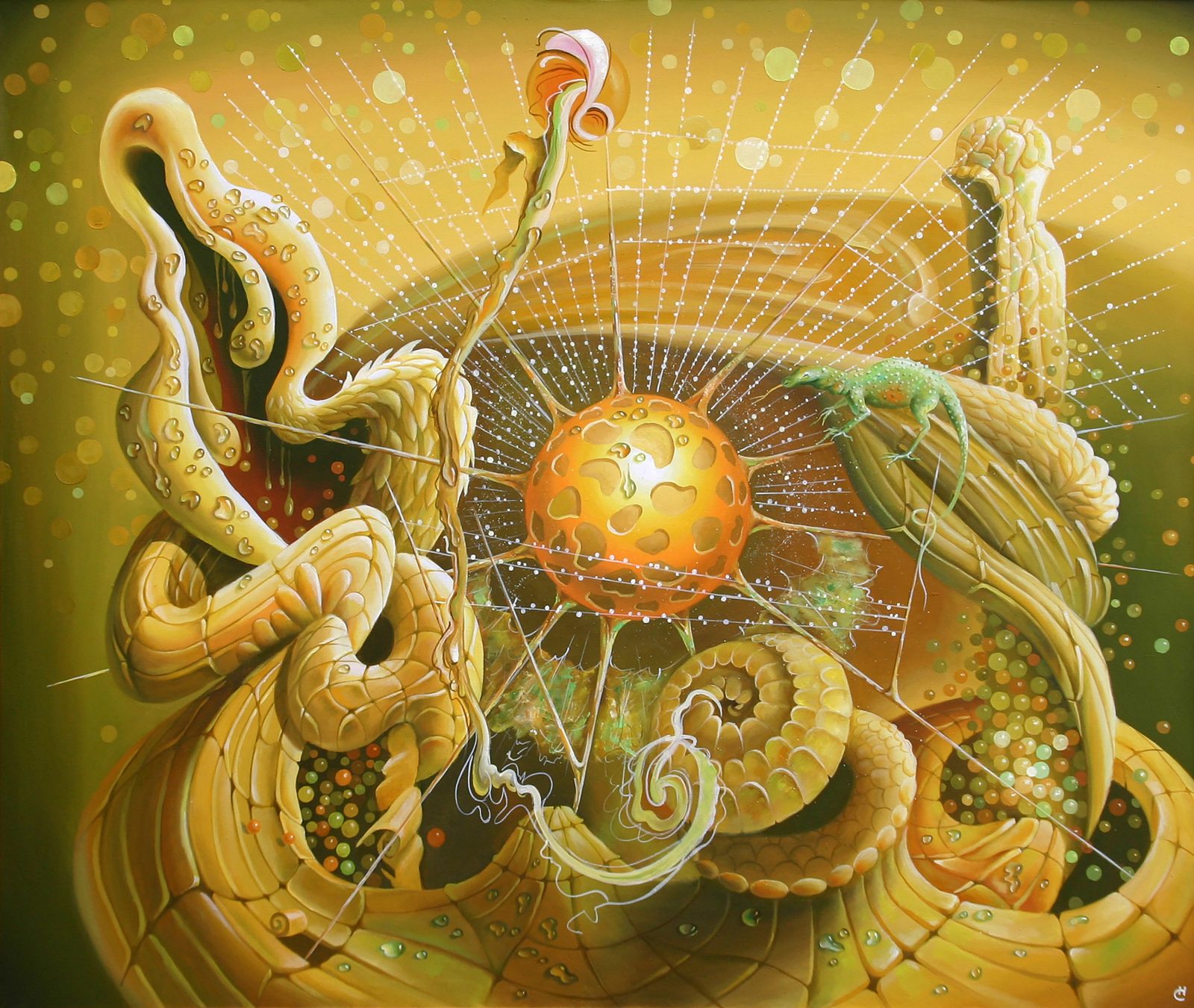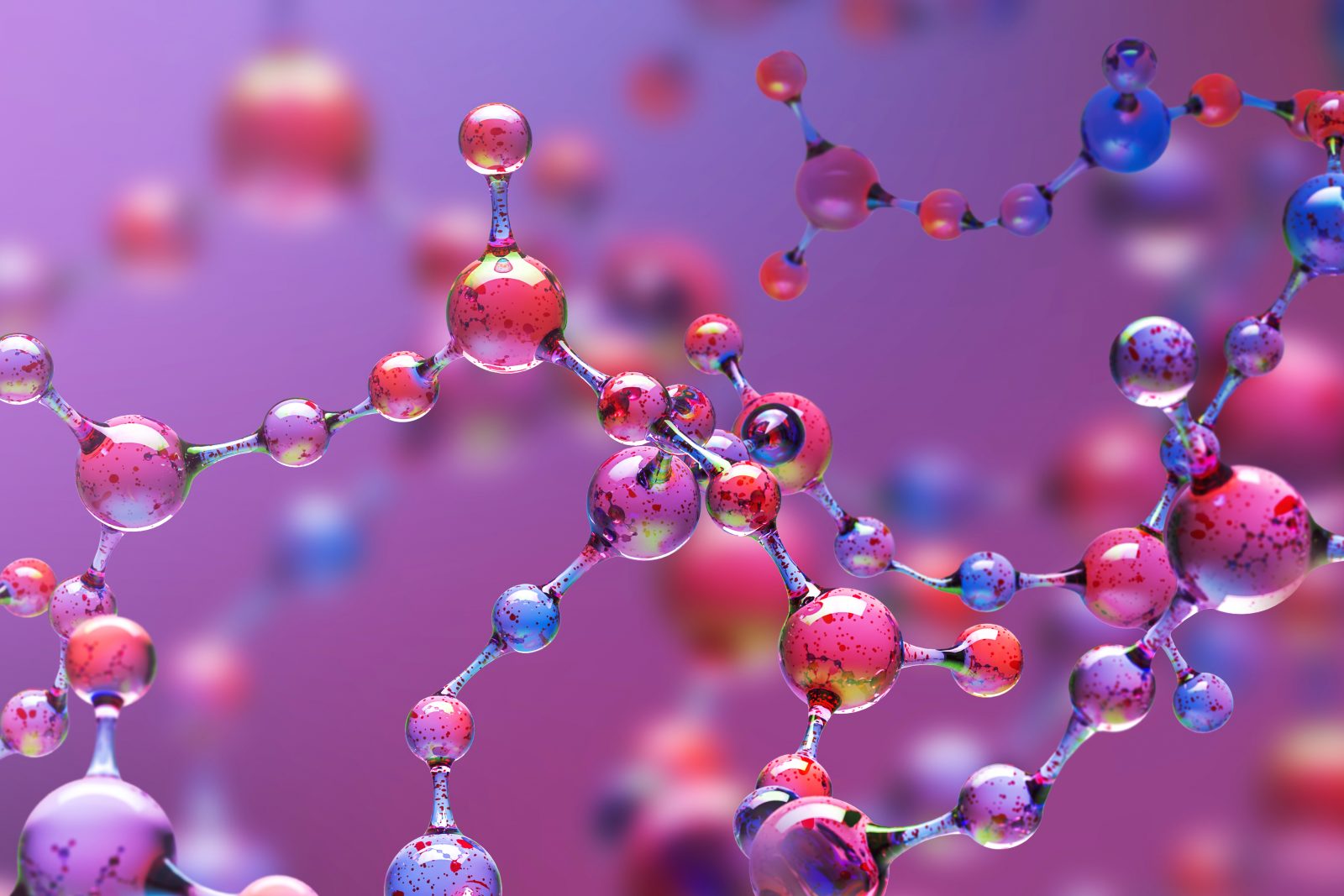
Could Blind Forces Build a Self-Replicating Molecule?
On today’s ID the Future, scientist and Stairway to Life co-author Rob Stadler and host Eric Anderson examine a recent PNAS paper on origin of life, “An RNA Polymerase Ribozyme that Synthesizes Its Own Ancestor.” A superficial look at the paper—and the paper’s title in particular—might give the impression that the laboratory findings behind the paper render the blind evolution of the first self-replicating biological system appreciably more plausible. Not so fast, says Stadler. Listen in as he and Anderson highlight various ways the laboratory work in question is wildly unrealistic. And for a video exploring the many problems involved in blindly evolving the first self-replicator, check out a new Long Story Short animated YouTube video, created with input from Stadler, Debunking RNA world: Replication & Chemical Evolution.


